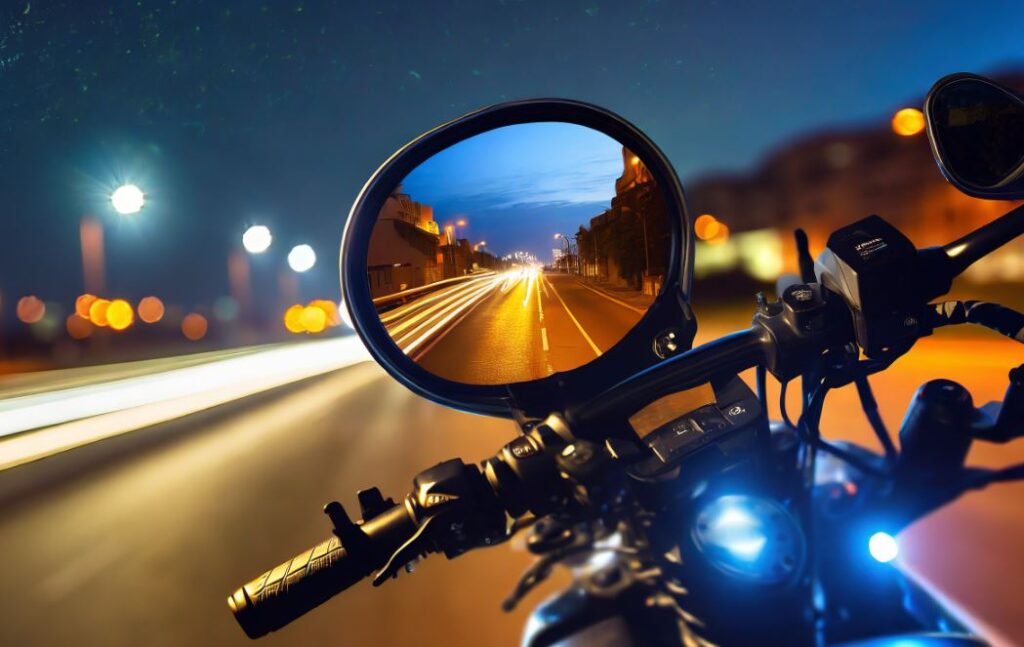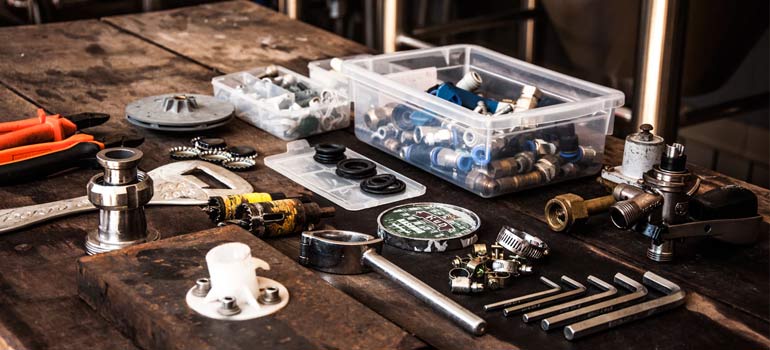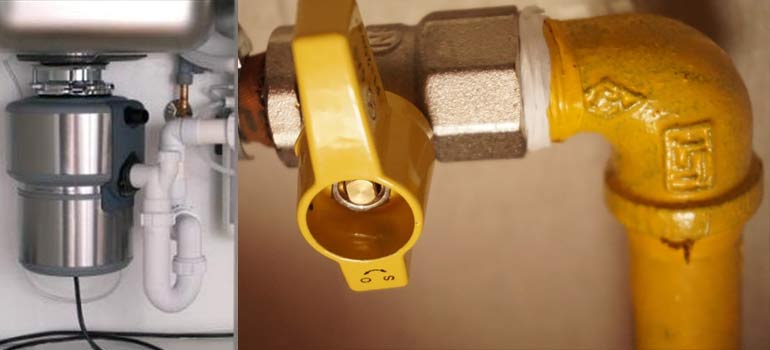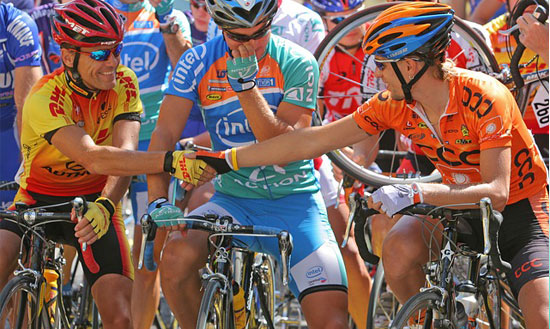Stay Alert: Vital Guidelines for Snake Safety
When outdoors, prioritize snake safety by staying informed about local species and habitats. Watch your step, avoid tall grass, and stick to well-trodden paths. Maintain a safe distance if you encounter a snake, and never attempt to handle it. Educate children about snake awareness and, in the unfortunate event of a bite, seek immediate medical attention while remaining as calm and still as possible to slow venom spread.
Stay Calm:
If you encounter a snake, stay calm and avoid sudden movements. Most snakes will not attack unless they feel threatened. Give the snake space and slowly back away.
- Stay calm and composed.
- Avoid sudden movements or loud noises.
- Give the snake space to retreat.
Watch Your Step:
Be attentive while walking, especially in areas with tall grass or rocky terrain. Watch where you step and avoid putting your hands or feet in areas where you can’t see.
- Be attentive while walking in snake-prone areas.
- Watch where you step and avoid tall grass.
- Avoid putting your hands or feet in areas where you can’t see.
Wear Appropriate Footwear:
When in snake-prone areas, wear sturdy and closed-toe shoes to protect your feet and ankles. Avoid sandals or open shoes that leave your feet exposed.
- Wear sturdy and closed-toe shoes.
- Avoid sandals or open shoes that leave your feet exposed.
- Consider snake-proof boots in high-risk areas.
Use a Flashlight at Night:
When moving around at night, use a flashlight to illuminate your path. This helps you see and avoid snakes that may be active during nighttime.
- Use a flashlight when moving around at night.
- Illuminate your path to see and avoid snakes.
- Be cautious in areas where snakes are more active at night.
Stay On Designated Paths:
Stick to designated paths and trails when hiking or walking in natural areas. Avoid wandering into tall grass or undergrowth where snakes may be concealed.
- Stay on designated paths and trails.
- Avoid wandering into tall grass or undergrowth.
- Be cautious in areas with limited visibility.
Know First Aid for Snakebites:
Familiarize yourself with basic first aid for snakebites. If bitten, keep the affected limb immobilized, stay calm, and seek medical help immediately.
- Know basic first aid for snakebites.
- If bitten, keep the affected limb immobilized.
- Stay calm and seek medical help immediately.
Identify Local Snakes:
Learn about the types of snakes native to your area and their habitats. This knowledge can help you be more aware and take appropriate precautions.
- Learn about the types of snakes native to your area.
- Understand their habitats and behaviors.
- Take appropriate precautions based on your local snake population.
Keep a Safe Distance:
If you spot a snake, keep a safe distance and do not attempt to handle it. Snakes may feel threatened and react defensively.
- Keep a safe distance from any observed snake.
- Do not attempt to handle or approach the snake.
- Observe from a distance and allow the snake to move away.
Tips 1 – As per the tips #1, you have to leave the SNAKES ALONE. Most of the cases of snake bite, reported 99%, occur when people or snake charmers attempt to catch, pick up, or kill any snakes. Snake will never attack a human if motiveless, believe it or not, even stepping on poisonous snakes like cottonmouths or rattlers seldom results in a beat. So just get back and leave the snake alone, and that’s the best thing you could do.
Tips 2 – This is also a tiresome, but if you perform snake anticipation systems on your home or any places, that’ll lower the quantity of snakes there, and few snake you meet.
Tips 3 – Try to use expert snake handling tools when picking up or transporting any poisonous snakes, or any snake that you can’t recognize, or which is violent.
Tips 4 – Try to be dressed in snake boots and/or snake gaiters on your legs when walking through snake’s area.
Tips 5 – Try to wear hand gloves. If you sure it’s a non-poisonous snake, yet you should still wear gloves, assembly gloves or leather gloves, or even thick welder’s hand gloves, to protect you against bites when conducting or holding snakes.
Tips 6 – If you are really against to release Cobra in your housing’s backyard lawn, which happens all the time in the United States, must wear eyeglasses, as these snakes be likely to aim for the eyes.
Tips 7 – Purchase a snake trap which could secure the snake.
Tips 8 – Appoint a professional snake charmer. Experience is the great deal when properly handling natural world and in case of snakes, in correctly identifying the snake types.
Tips 9 – Study your snake types, mainly in your area
Tips 10 – We are saying it again. Don’t kill the snakes, don’t shoot them and don’t try to hit them with a spade. Just depart them alone, they go on and thus you’re safe.








